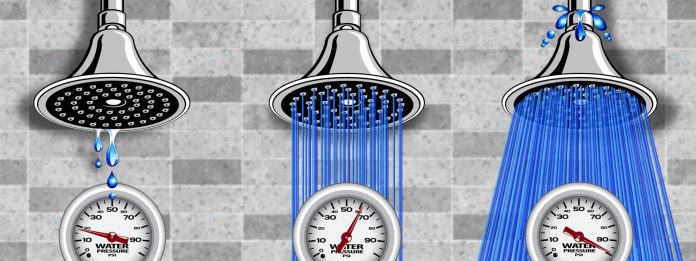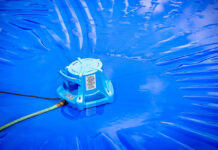Water pressure is the force at which water travels through pipes or any enclosed space. The higher it is the quickly this precious liquid will come out of your taps. High water pressure is good as you’ll this assists you with washing up or enjoying a shower.
However, there is such a thing as too much pressure. When this happens the water is so powerful that it exerts excessive force on the inside of your pipes. This becomes a particular issue where pipes meet as joints are the most vulnerable part of your plumbing system.
Excessive forces at joints can cause the joint to fail. In the best case, it results in a drip. In more serious cases you’ll suddenly develop leaking pipes, potentially experiencing a deluge that could affect your entire home. It’s surprising how quickly your home can be flooded by a relatively small leak. That’s when you’re going to need to make a frantic call to your local emergency plumber like ontimelocalplumber.com.au.
It’s not just your pipes and joints that are affected, your appliances, such as your washing machine and dishwasher, will also be under great stress. This will shorten the lifespan of these appliances, meaning that they’ll cost you more as they’ll need to be placed more often.
Pressure Regulators
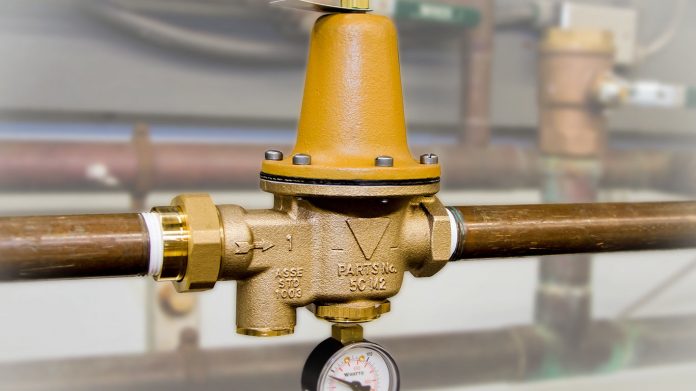
Many houses choose to have a water pressure regulator fitted. It is usually placed in your main supply line and you can regulate the flow rate inside your home. The regulator reduces the flow rate of the existing supply to help protect your plumbing system.
It also helps to regulate your system. You may have noticed that the force from your taps doesn’t always seem to be the same. This is because the supply from the water board changes depending on how much liquid is available and what work is being done.
These fluctuations can place additional strain on your plumbing systems. A regulator reduces, and can even eliminate, this risk.
You can fit a water pressure regulator yourself but you may prefer to get a professional to do it. You don’t want to create a leak in your system.
Low Pressure
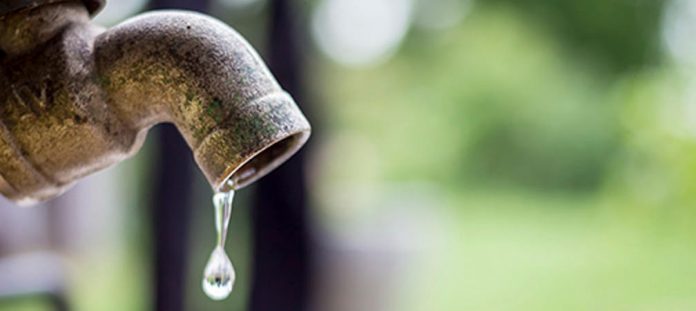
Reducing the flow rate in your home allows you to lower the risk to your plumbing and appliances. After all, does it really matter if the sink takes an extra minute to fill? In fact, turning the pressure down may mean you use less water and save money!
However, it will also reduce the likelihood of you enjoying a shower. It also increases the likelihood that your plumbing system will experience disruption. For example, if you have the shower on and then turn on the faucet the flow rate or temperature may change in the shower. That’s not a desirable option.
Getting It Right
The government recommends your regulator is set between 40 and 60 PSI. That’s why most homeowners opt for the middle ground and choose 50PSI.
However, while going above 60 PSI is likely to place unnecessary stress on your plumbing system, what works for you is your decision. You can set it higher or lower than 50 PSI according to your own needs.
You should note that a higher water pressure generally means you’ll be using more water which will cost you more money. But, this is a personal choice and you’ll probably have to try a little trial and area to get it right.
Setting The Water Pressure
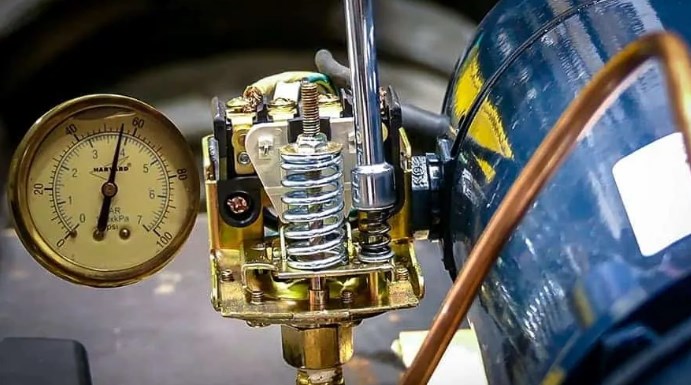
The first thing you need to do is fit a regulator if you haven’t already got one. This will allow you to set the water pressure. However, it should be noted that these devices are designed to reduce the flow rate, effectively lowering the risk to your system.
If you currently have a low flow rate, you’ll probably need a pump to increase the pressure to a more desirable level. Once you have the necessary device installed in your supply line it’s simply a case of adjusting it.
In most cases, the regulator can be turned or adjusted at the top with a simple valve. Clockwise usually decreases as it effectively partially closes the valve. Anti-clockwise increases! It’s that simple.
Simply turn the regulator slightly and see what you think of the new pressure. It’s best to adjust this once a day and use the water normally. This will give you an idea of whether it’s at an acceptable level or not. It may take several days to get it set where you want it. However, once you’ve established the ‘sweet spot’ make a note of the setting. This will allow you to quickly replicate it if you ever have to replace the regulator.
Don’t forget, when testing the water pressure you should make sure that someone turns a tap on while you’re showering. This will enable you to verify that the quality of your shower isn’t affected by other factors.
The Warning Signs Of High Water Pressure
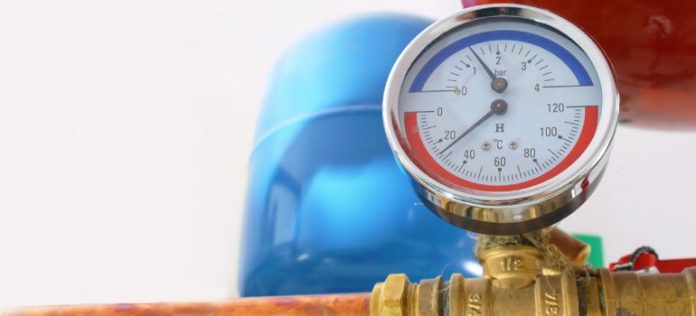
While you can set your regulator however you see fit, it’s worth being aware of the signs of high water pressure. This will allow you to turn it down and save your appliances and your wallet.
- Regular Leaks
If you find that you’re fixing one leak only to have another leak appear then either your pipes are very badly corroded and need replacing or the internal stress is too high. Excessive pressurization in your pipes finds the weak spots in your pipes and will cause them to leak.
- Banging Noises
Banging noises occur inside your pipes when the pressure is too high. The noise is a result of the water traveling too fast inside the pipe and hitting a closed valve, effectively banging into it. This causes backflow, allowing a rippling through the incoming supply and causing a banging or vibrating noise
Over time this will damage your plumbing system.
- Early Appliance Failures
If you know your washing machine should last five years and they keep packing up after two then consider the plumbing in your home. It’s likely that it’s too high and is shortening the life of your appliances.
Remember, if you have concerns over your pipes, they should be tested and adjusted, or replaced. While you can do this yourself, you may feel happier allowing a professional to do it for you.
